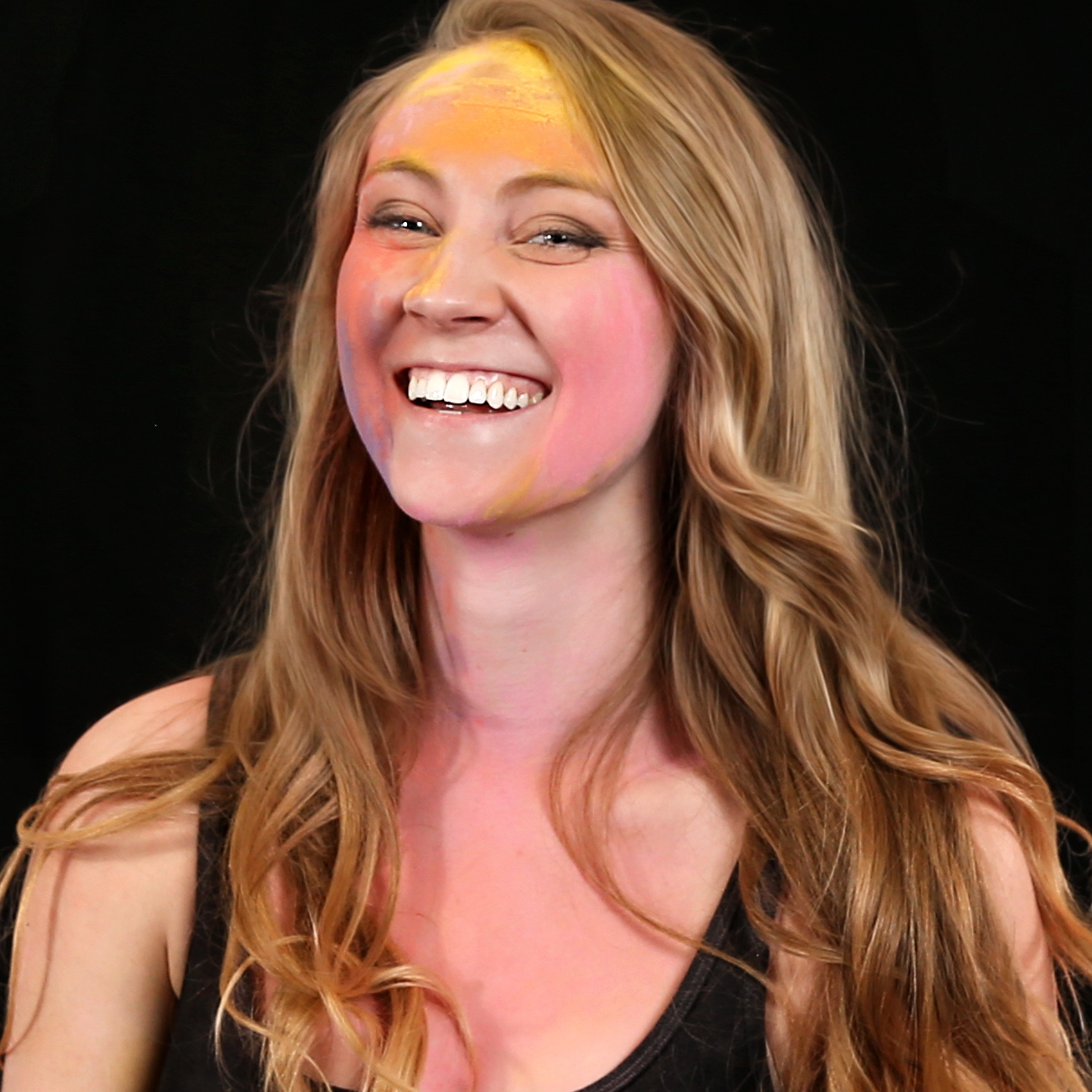BY SARA WILLCUTT
A professional headshot is essential to getting jobs as a dancer. Make sure to get one that looks natural and like YOU. Most people choose black and white, but some choose color. An 8 X 10 glossy is the standard size for prints.
Instructions
1) Consult professional dancers, models or dance agencies in your area and find out which photographers they recommend. Do your research, look around.
2) Call several different photographers, and ask them these questions: What is the price for getting headshots done? Does that price include hair and makeup? The average price of headshots is around $75 to $150. This can vary according to the area.
3) Look at portfolios: some photographers have examples of their work or full portfolios online. Otherwise set an appointment to visit the photographer and see their portfolio.
4) Talk with the photographer to see if you feel comfortable with them and like their style. Being relaxed and comfortable is important and will come across in your photos.
5) Make sure the photographer has pictures of people with similar characteristics as you: Do they work with dancers? People your age? Make sure that they have a money back guarantee if there is a problem with the shoot, such as lighting or development. They will not re-shoot if you simply don’t like the photos.
6) Check the photographer’s references.
7) Select a photographer and make an appointment. Allow around two hours if you will have hair and makeup done there. The shoot might only take a half an hour if you are getting your makeup done elsewhere. Make sure to arrive about 15 minutes early to the studio the day of your shoot.
8) Bring makeup and hair products for touchups and bring several changes of clothing. You might want to bring one top that is more professional and one that is casual. Ask the photographer for subjections. Avoid anything that is busy, such as patterns; try to choose something that is plain.
9) Never go to a shoot that is in a remote location on in an apartment alone. Be cautious and safe.
10) Have fun at the shoot! Be relaxed and confident. Don’t force your smile. You might want to try some smiling and some not smiling. Whatever you do, look engaged. You should print one non- smiling and one smiling headshot for different auditions. Think of the mood/tone of what you are auditioning for and choose which headshot accordingly.
11) The photographer will likely print proofs for you to choose from. Some photographer that use digital cameras can have this done right away. Some use a website that you view your photos on and make a selection.
12) You will want to have your resume printed on the back of your photos, or staple it on for auditions.

